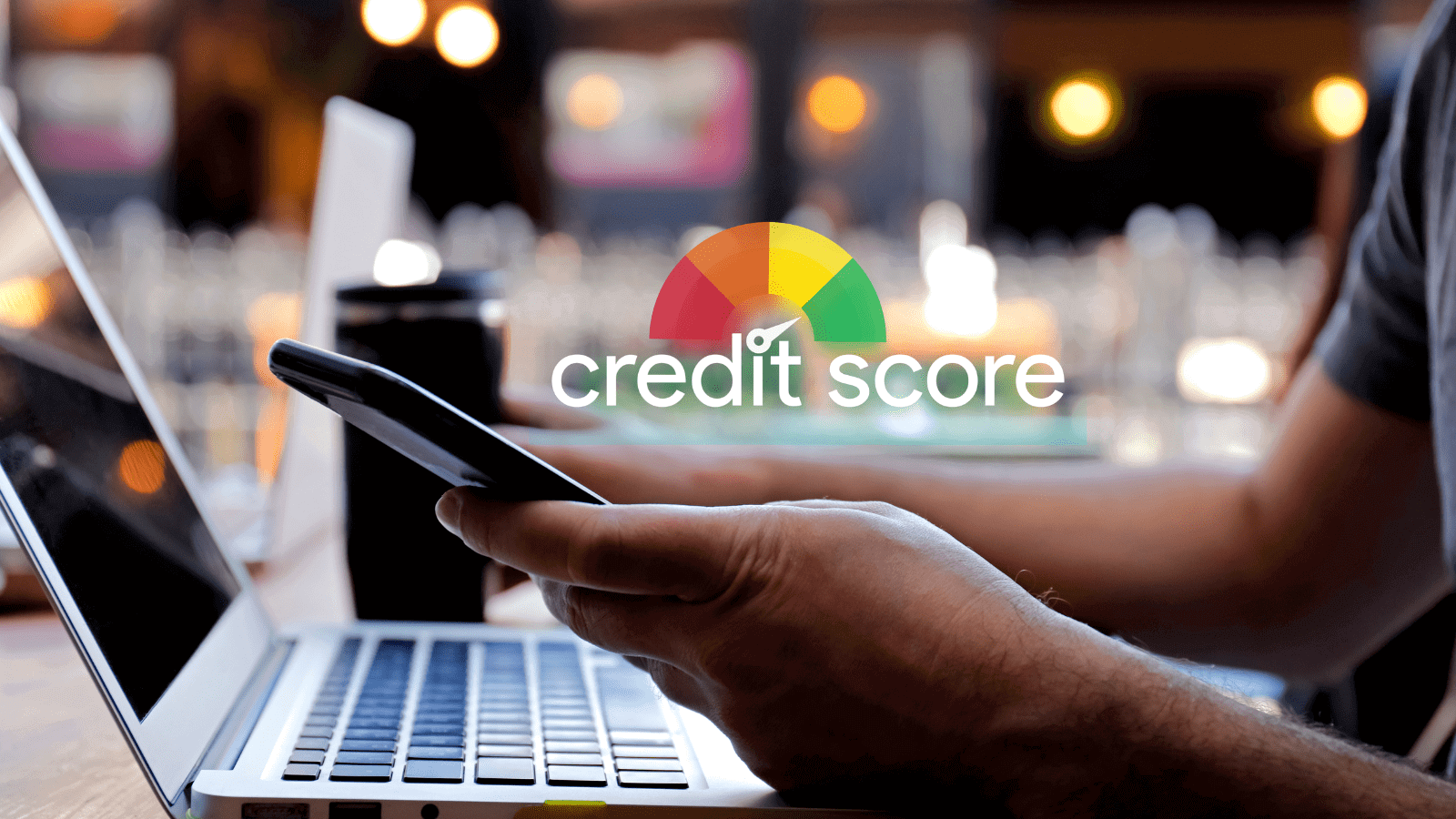Jun 24, 2024
5 min read
Business Line of Credit vs. Credit Card: Which Is Best?
Business financing comes in layers, like an upside-down pyramid. On the...
Read story

A FICO Score is a type of credit score that was developed by the Fair Isaac Corporation (FICO). It is a three-digit number (generally ranging from 300-850) that is used to determine a borrower’s creditworthiness when applying for various types of loans. The higher the score, the better the applicant’s credit and the lower the risk to the lender. Oftentimes, a higher score translates to better terms, lower rates, and more funding options for the borrower.
While there are other types of credit scores, FICO Scores have become the industry standard and are used by over 90% of lenders. You may be surprised to learn that you can actually have several different FICO Scores. Even though each of the 3 major credit reporting bureaus (Equifax, Experian, and TransUnion) use the FICO Score algorithm, the information they collect can vary slightly resulting in some small differences. Additionally, because some industries look at different criteria to determine creditworthiness, there are some industry-specific FICO Scores that are used by auto lenders and credit card issuers.
FICO uses 5 factors when calculating a score. The percentages listed below reflect how important each of the factors are in determining how your FICO Score is calculated. Payment history, for example, weighs more heavily than new credit.
The 5 factors are:
The 3 major credit reporting companies (Equifax, Experian, and TransUnion) are required by federal law to provide you with a free personal credit report every 12 months. You can request yours from annualcreditreport.com. Depending on your preference, you can either choose to request credit score reports from all 3 agencies at once, or you can decide to order one at a time.
Improve your score by:
Check out our recent blog post, for step-by-step instructions on how to repair bad credit.
We understand that there’s so much more to you and your company than your FICO score. At SBG Funding, we look at many different factors such as time in business, cash flow, age of a company, and annual revenue. Your credit only plays a role in determining which products you are approved for and what the terms of the loan will be. A typical bank only approves 15-20% of business loans, while SBG Funding has an 85% approval rate!
Ready to get started? Contact us today to learn more.
While the standard FICO Score is used across multiple industries, there are industry-specific FICO Scores designed to cater to the unique needs of certain sectors. These specialized scores consider the specific risk factors associated with the industry in question, such as auto loans and credit cards.
FICO Auto Score, for example, is tailored to evaluate the creditworthiness of borrowers in the auto lending industry. This score places more emphasis on factors like payment history for auto loans, outstanding balances on auto loans, and the borrower’s overall experience with auto credit.
Similarly, FICO Bankcard Score is designed for the credit card industry, giving more weight to factors like credit card utilization and payment history on credit card accounts.
Yes, there are business funding options available for entrepreneurs with lower FICO scores – SBG Funding creates opportunities for business owners with bad credit scores to help them thrive and stay afloat. Alternative lenders and online funding platforms often have more flexible criteria when assessing creditworthiness.
These lenders may consider factors like business revenue, cash flow, and the age of the company, rather than relying solely on the owner’s FICO score. Some options for business owners with lower FICO scores include:
There are multiple strategies for business owners to improve debt repayment process, especially when multiple debts are in play. Debt Snowball or Debt Avalanche methods are popular and rewarding strategies to implement.
FICO Scores are the most widely used credit scores in the United States, with over 90% of lenders relying on them to assess a borrower’s creditworthiness. Other types of credit scores, such as VantageScore, also exist and are used by some lenders and credit bureaus.
The main differences between FICO Scores and other types of credit scores include:

Jun 24, 2024
5 min read
Business financing comes in layers, like an upside-down pyramid. On the...
Read story

Jun 24, 2024
5 min read
Understanding how a business loan works is like tending to your...
Read story

Jun 24, 2024
5 min read
Business acquisitions are strategic investments that allow business owners to consolidate...
Read story

A funding specialist will get back to you soon.
If you can’t hang on then give us a call at (844) 284-2725 or complete your working capital application here.